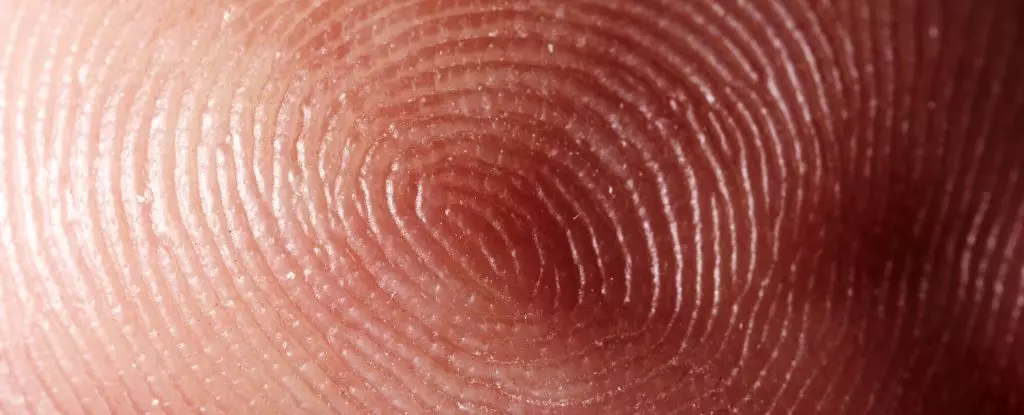In a stunning revelation, researchers at the University of Massachusetts Amherst have unveiled a remarkable discovery about epithelial cells—those fundamental building blocks that line our skin and organs. Historically deemed “mute,” these cells possess a complex communication system akin to the rapid signaling of neurons but operate on a dramatically different tempo. Instead of rapid-fire electrical impulses, epithelial cells communicate via a languorous yet persistent mechanism that has been likened to a long, drawn-out “scream.” This discovery opens new horizons not only in our understanding of cellular communication but also in potential medical applications.
Understanding the Mechanism of Communication
The research team, led by polymath Steve Granick and biomedical engineer Sun-Min Yu, undertook an ambitious investigation into this hidden language. They created an innovative experimental setup featuring a chip integrated with approximately 60 electrodes. By using a laser to simulate injury on the lab-grown human keratinocytes—cells primarily found in the outer layer of skin—the scientists monitored the electrical shifts that occurred in response to this injury.
What followed was a slow-motion dialogue, with signals propagating at a leisurely pace of around 10 millimeters per second. Interestingly, these signals traversed significant distances—sometimes reaching hundreds of micrometers away from the site of injury—demonstrating a form of coordination and communication reminiscent of the responses observed in the plant kingdom when facing predation. This intersection of biological systems illustrates an evolution of communication that transcends traditional boundaries.
A Closer Look at Ion Channels
At the heart of this slow but deliberate communication are ion channels—tiny gateways within cell membranes that manage the flow of charged ions, especially calcium, in response to mechanical stimuli such as pressure or stretching. This is a marked departure from the typical functioning of neuronal ion channels, which are more sensitive to shifts in voltage or chemistry. Fascinatingly, the persistence of these epithelial signals sets them apart; they linger far longer than their neuronal counterparts, sometimes continuing for up to five hours. This prolonged interaction underscores an intricate network of communication far beyond what was initially understood.
Moreover, while the voltages recorded in these communications match those observed in neurons, the rhythm of this interaction cycles through phases similar to the rapid back-and-forth exchanges we see in neural communication. This presents an astonishing complexity that challenges our knowledge about how different cells in the body can interact and regulate crucial functions.
Implications for Biomedical Innovation
The implications of this discovery extend well beyond academic curiosity. The potential for applying this newfound understanding of epithelial cell communication to biomedical devices is immense. Concepts like wearable sensors or electronic bandages that could amplify healing processes are now more feasible than ever. Granick’s words resonate: “Understanding these screams between wounded cells opens doors we didn’t know existed.” The efficacy of existing technologies may be re-evaluated and transformed with this knowledge, fundamentally altering approaches to injury treatment and patient care.
As we stand on the brink of a new era in cellular biology, the call to further investigate these slower mechanisms is urgent. There are still many questions left unanswered: How do various epithelial cells categorize and relay information? Are there different signaling pathways involved in various types of injuries? How do these long-lasting signals influence nearby cells, and what therapeutic applications could this knowledge unlock?
The potential for integrating these insights into clinical practice could herald an era of smarter and more responsive medical interventions. As researchers digest these findings and delve deeper into the complexities of epithelial communication, the frontier of medical science continues to expand, promising exciting advancements in how we heal and monitor health. The journey to unravel the intricacies of cellular conversations is just beginning, but it is one that may redefine our understanding of both biology and medicine in the years to come.

